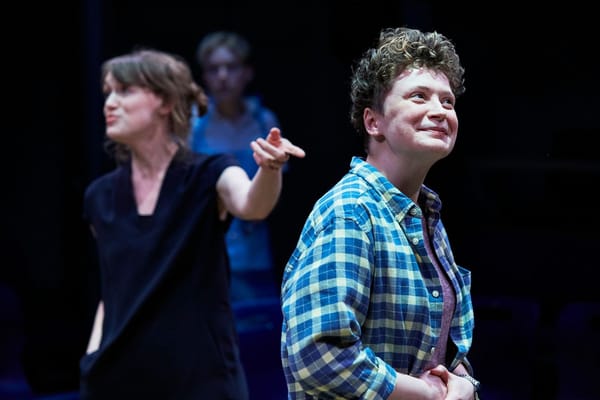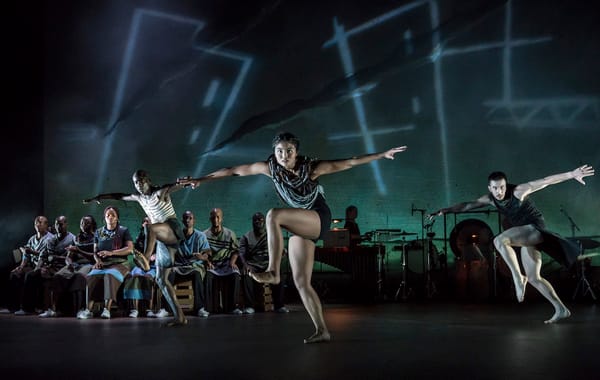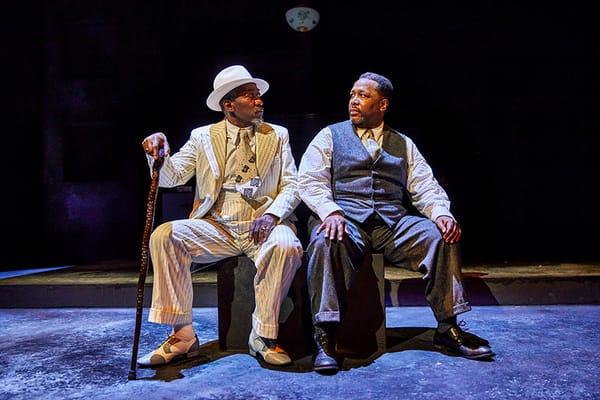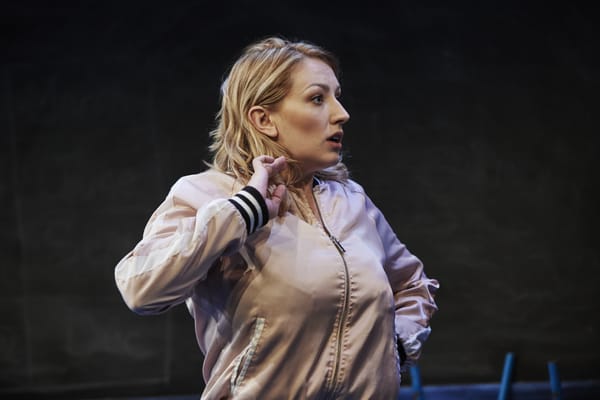Reclaiming The Frame
Musing on the recent Tate Britain exhibition of Sir Don McCullin’s work, Arts Writer Rahul Mehta ponders the issues around photography of the disenfranchised and mentally ill

There is the usual muttering of visitors who have brought the energy of the streets into the solemn exhibition. Long lines of guests shuffle their feet between photos, some craning their necks in myopic fascination at the monochrome photographs of Sir Don McCullin. Eventually, the crowds thin out as people gravitate towards the centre of the exhibition, pondering human barbarity and how many more photographs they can handle.
Behind the closed doors of the exhibition is a world apart, one littered with hauntingly graphic photos that tear each visitor from their comfort zone. Here, the famous image of an American soldier, stationed in Vietnam, staring out at the audience. Shell-shock, PTSD, whatever you want to call it - nothing does justice to the terrors that ripple across his jet-black pupils. Or the dead Congolese fighter, face torn apart by the path of a bullet. Almost more painful than the content is the knowledge that these conflicts, and the many others exhibited, are not just confined to history. Disfigured child victims of Agent Orange, a carcinogenic pesticide the Americans sprayed on Vietnam’s leafy landscape, or the traumatised ex-child soldiers on the streets of Brazzaville, Congo, are a stark reminder that suffering escapes the crystallised moment one finds within the frame.
Amongst the tropical warfare and devastation are close-up portraits of some residents of the East End. Homeless, dejectedly poor, often Irish, these were the people who lived on the streets of Shoreditch well before gentrification drove itinerants to other parts of the city. The subjects of the photographs include Jean, a woman of indeterminate age but all-too-familiar circumstance. It was in the pictures of her, as much as the ones of overseas conflict, that one can appreciate what French semiotician and theorist Roland Barthes described so accurately when he saw the camera as a potent tool in making the “invisible, visible”. Her face, etched with the wrinkles and lines of a life of hardship, are more than physical signs of age. In another photo, she squats with her head in her hands. This is the existential paralysis of poverty in action, leaving the vulnerable to suffer their wretched plight. That this perennial problem exists in a frame in one of London’s top galleries is testament to McCullin’s ability to straddle aesthetics and empowerment. Whether the audience can only contemplate such injustice through art is a question that lingers well after you leave.
The intertwined history of photography and mental illness reaches far before McCullin took to the streets of the East End. During the mid-19th century, psychiatrist and amateur photographer Dr Hugh Welch Diamond took to photographing the residents of the Surrey County Asylum. The photographs carry a consistent style: the subject is seated, wearing clean and formal clothing, face turned to the lens. While McCullin’s photographs are intentionally monochromatic, Diamond was more restricted by the technology of the time. In fact, William Henry Fox Talbot had only introduced photography to British society 3 months prior to Diamond’s first photograph. Whether through the sheer passage of time, or an indifference to the identity of the sitter, most of those in the frame remain anonymous. The sepia-toned portrait to the left shows one such name-less subject. Captured in 1855 (towards the end of Diamond’s photography career), this simple photo bears a remarkable similarity to that of Jean, despite over a century separating these two women. The dishevelled hair, the head tilted knowingly, the weathered face. Yet the formal clothing of the anonymous lady, the drapes in the background, and the posture all betray any sense of authenticity. This woman’s photograph was as much defined by what was being thought, and organised, behind the lens, as the mood captured by her expression. Jean, by comparison, casually holds a cigarette and seems mid-speech. But how did the mentally ill go from detained to destitute? To understand this, we have to briefly witness the death of one of England’s most controversial institutions: the asylum.
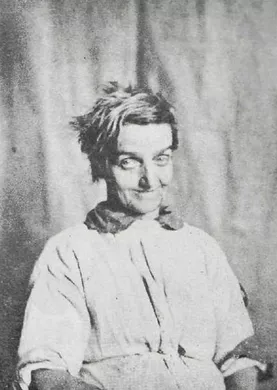
In 1962, UK Health Secretary Enoch Powell (of ‘Rivers of Blood’ infamy) announced the Hospital Plan, an effort to move patients with mental health conditions from the confines of the asylum to the care of the community. Historians saw the move as a concession to increasing patient rights’ advocacy, a pro-austerity government, and an attempt to redress the abuses which took place within the asylum walls. The latter reason stands out as a fascinating example of how British radicalism and reformism joined forces in the 18th and 19th century to counter the profiteering and widescale abuse of vulnerable patients. For some, the demise of the asylum was celebrated as an existential victory. Counter-culture theorists like Michel Foucault and Erving Goffman saw the asylum as a place of oppressive doctrine or identity-stripping, respectively. One Flew Over the Cuckoo’s Nest, Ken Kesey’s 1962 masterpiece novel, pitted the imprisoned and oppressed residents of an asylum against the authoritarian dictatorship of the medical establishment. In an effort to critique the carceral nature of the asylum, the so-called anti-psychiatry movement of the 1960s and 70s hastened its overthrow, but with no safety net for transition into better mental healthcare services. This deinstitutionalisation, which ultimately led to the struggle that community mental health services continue with to this day, left many of the most vulnerable to the cruelty of the streets. In 2014, 45% of the homeless population of the UK had a diagnosed mental health condition. From the ruins of the asylum came a new era of suffering.
In examining the striking images of the mentally ill, viewers may wonder why the photographers reached for the lens in response to the suffering which they witnessed. Diamond sought to use photography for science, to bring madness within the realm of rationalism. A proponent of the pseudoscience of physiognomy, he believed that mental illnesses carried external, visible physical stigmata. Thus, a photograph was an important resource in diagnosis. Going further, Diamond also suggested that allowing a patient to see their current disposition may spur them into recovery. Beliefs fit for his time, perhaps, but ones that haven’t withstood the test of time. For McCullin, “the real truth of life is on the streets.” He strived to “photograph the daily lives of people, and how they exist, and how they fight for space and time and pleasure.” He was an advocate for the welfare of others, eager to bring the suffering of those abroad to the attention to Britain. Yet with this exposure to suffering and injustice came a sense of guilt. He has since turned to landscape art, “sentencing myself to peace”. How much peace he’ll find after years of covering atrocities, I do not know.
What of the subjects of the photos? Are they simply passive sitters (or squatters), to be stared at by Victorian medical staff or photography fans? The issue of consent, already fraught in the medical sphere, spills over into the arts. As controversial science writer Alice Dreger feared in her engagement with intersex persons, the act of photographing the Other risks ‘othering’ them further, even if the desire is to provide agency and empowerment to the disenfranchised. So, was Jean capable of understanding that her photo was being taken, that it had an agenda, and that people may pay up to £18 (eye-watering by her standards, I imagine) to navel-gaze before her photograph? From a history of oppression, exploitation, and stigma, do those with mental illness have a right to reclaim the frame, and thus their narrative?


